In a twist that feels all too familiar to those watching the construction industry, Shimizu Corporation, one of Japan’s leading construction giants, is facing an unprecedented crisis. Recently, the company announced a significant downward revision of its earnings forecast for the fiscal year ending March 2024, predicting an operating loss of 33 billion yen—a first since its listing. Although the final net profit will be salvaged through the disposal of cross-held shares, the operating loss marks a significant blow, primarily attributed to cost overruns in large-scale projects due to surging material and labor costs, with the construction division’s gross profit margin for completed projects plummeting to an astonishing negative 3.3%. In response, Shimizu has decided to cut executive compensation by up to 30%.
However, Shimizu’s struggles extend beyond its financial performance. Last spring, a curious incident involving the founding family raised eyebrows. In June, during the preparation for the annual shareholders’ meeting, a surprising change was noted: Motoaki Shimizu, a family scion presumed to be reappointed as a director, was unexpectedly replaced by his younger brother, Noriaki Shimizu.
The company had announced its executive appointments on March 8, including Motoaki’s name in the post-meeting executive structure. Yet, a subsequent announcement on May 30, modifying part of that structure, did not mention Motoaki. By the time the meeting invitations were sent out around June 1, Noriaki’s name had appeared instead. Meanwhile, changes were also afoot at Shimizu Land, the asset management firm of the founding family and the second-largest shareholder of Shimizu Corporation, where Motoaki resigned as president on April 20, succeeded by Noriaki on June 21, indicating a less than smooth transition.
Shimizu Corporation, established in 1804 by the first-generation Kihachiro Shimizu, has a storied legacy of leadership within the Shimizu family, a tradition that ended in 1966 with the retirement of the sixth-generation leader, Yasuo Shimizu. Since then, the company has been led by non-family presidents, with Yasuo’s son, Mitsuaki, rising to executive vice president but never reaching the presidency, leading to speculation of internal conflicts.
Motoaki Shimizu assumed a largely ceremonial role within the company in 2017, serving as a non-executive director and chair of the Nomination and Remuneration Committee. His unexpected exit from the board, without any prior indication, adds a layer of mystery to the unfolding drama.
Despite being direct descendants of the founder, the Shimizu family’s stake in the company is minimal. The shares are dispersed among various family members and entities, making it difficult to discern who holds the reins. Yet, Shimizu Land has been increasing its stake in Shimizu Corporation, recently reaching 10.4%. Concerns have been raised about the approval rates for the appointments of Chairman Yoichi Miyamoto and President Kazuyuki Inoue, which have been unusually low, sparking speculation about the source of opposition or abstention votes and whether these events are interconnected.
This situation at Shimizu Corporation highlights not just financial challenges but also intricate family dynamics and power struggles within one of Japan’s most venerable construction firms. The unfolding events could have profound implications for the company’s future direction and governance, raising questions about the balance between tradition and modern corporate management in Japan’s storied business families.




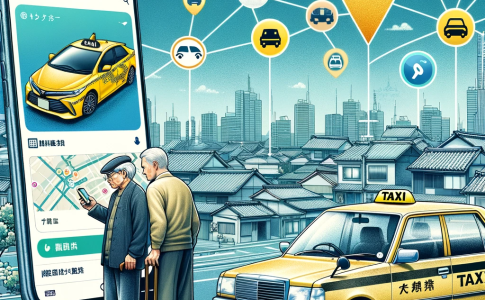
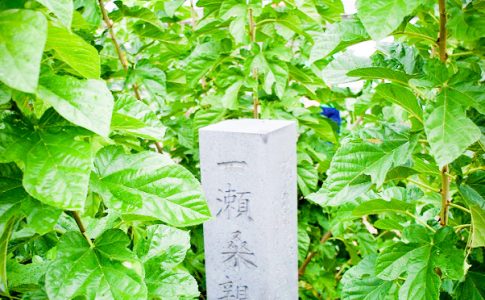


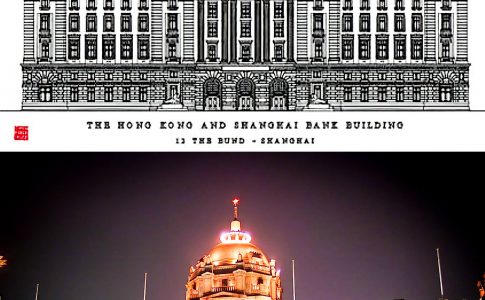
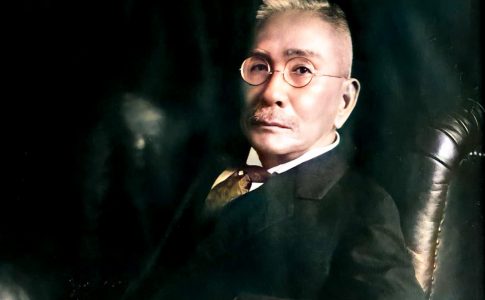

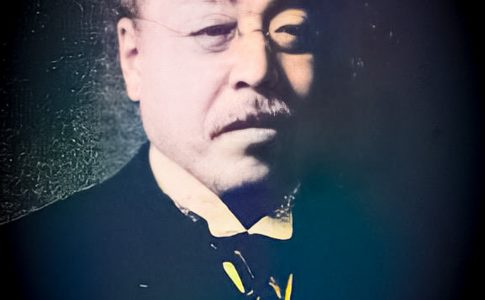
Leave a Reply